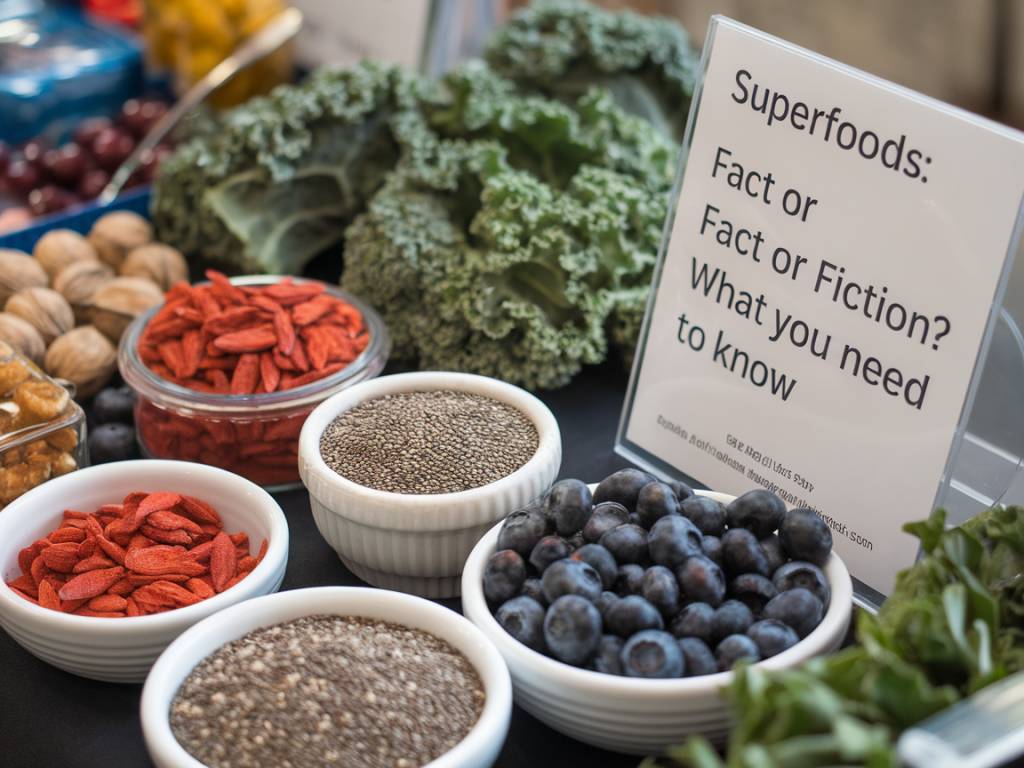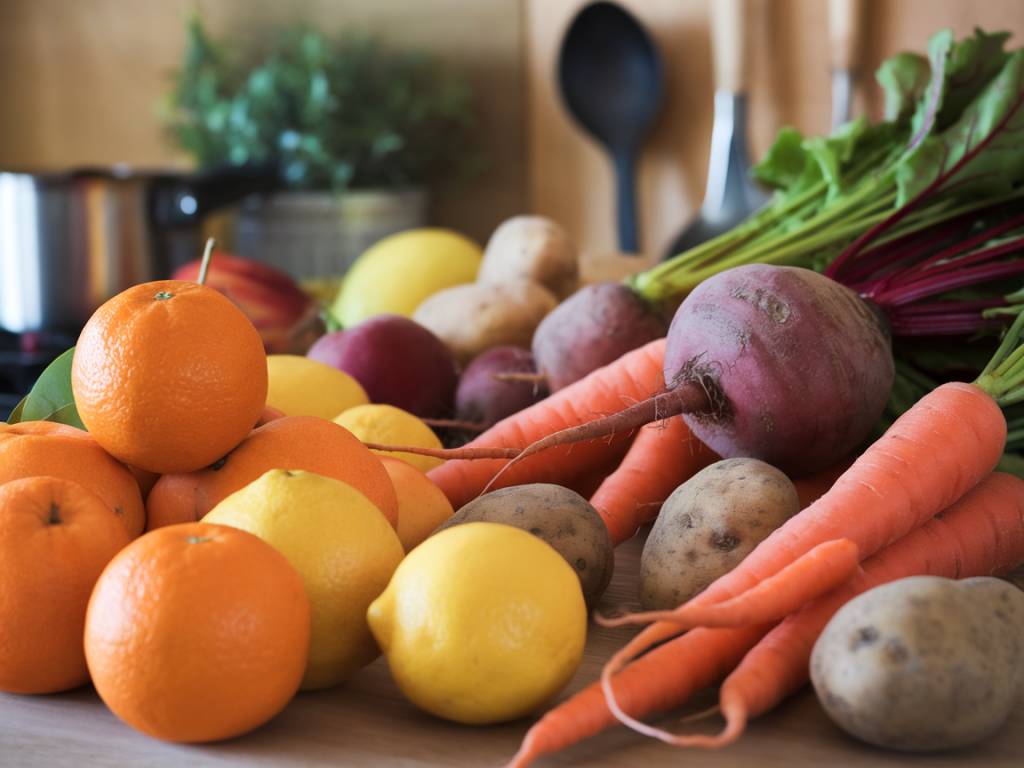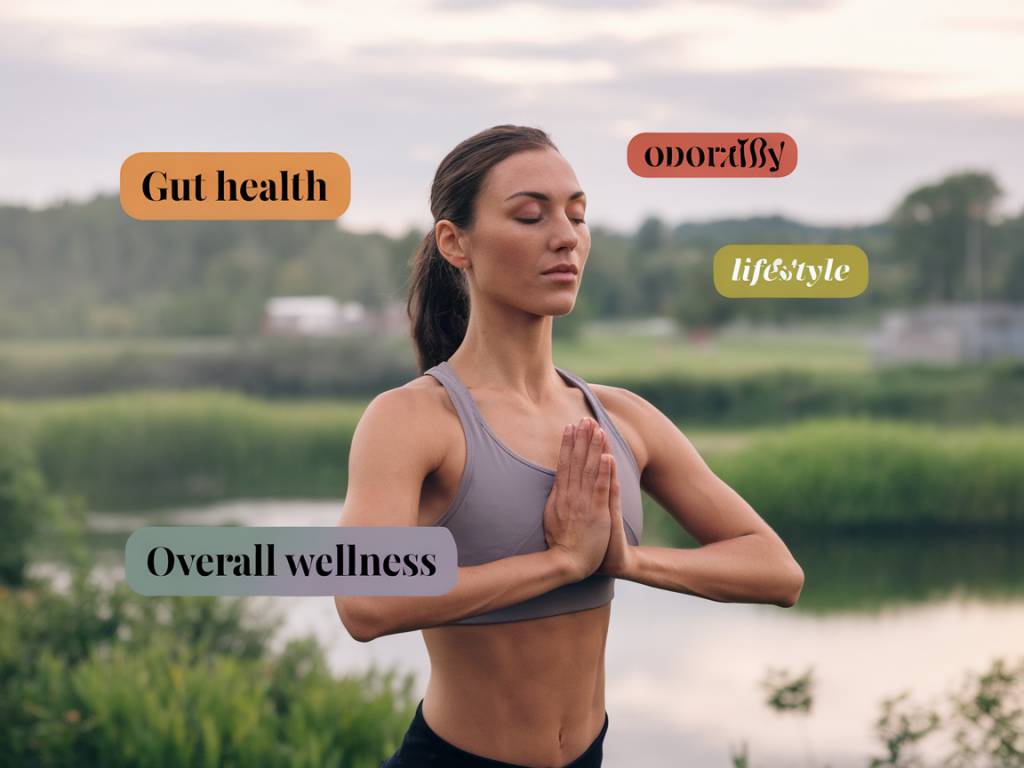Understanding the Superfood Hype
In the world of nutrition, the term « superfood » has taken on a mythical status. But what exactly does it mean? Are these foods truly super, or is it all just marketing magic? As we explore the facts behind the fiction, it’s important to approach this topic with curiosity and caution.
Superfoods are often foods that are rich in nutrients, believed to carry benefits for both body and mind. From nutrient-dense berries to exotic grains, they promise a quick health boost with each bite. But can a single food actually revolutionize your well-being?
The Science Behind the Super
Let’s delve into the science. Superfoods are typically rich in antioxidants, vitamins, and minerals, which can support various bodily functions. Take blueberries, for example. These small yet vibrant fruits are packed with antioxidants, particularly vitamin C and vitamin K. Some studies suggest they may help in reducing oxidative stress and inflammation.
Consider another favorite: quinoa. This pseudo-grain from South America is touted for its high protein content, boasting all nine essential amino acids. For those following plant-based diets, quinoa can provide a significant nutritional boost.
Separating Fact from Fiction
Despite the enticing claims, it’s crucial to remember that no food is a magic bullet. Superfoods should complement, not replace, a balanced diet. Let’s debunk a few myths:
- Myth: Eating superfoods will prevent disease.
Fact: While these foods can support a healthy lifestyle, they are not a standalone cure. Overall dietary patterns matter more than individual superfoods. - Myth: Superfoods are a modern discovery.
Fact: Many of these foods have been used for centuries in traditional diets worldwide. Their benefits were recognized long before they were labeled as superfoods.
Incorporating Superfoods into Your Diet
Integrating superfoods into your daily meals can be an enjoyable adventure. Curious how to start? Here are some simple suggestions:
- Sprinkle chia seeds into your morning yogurt or smoothie. They’re rich in omega-3 fatty acids and fiber.
- Swap regular rice for quinoa to gain added protein and minerals.
- Add a handful of goji berries to your oatmeal or trail mix for a burst of color and nutrition.
As you experiment, keep in mind your personal health needs and preferences. Variety is key in maintaining a nutrient-rich diet without over-relying on any single food.
A Personal Perspective
Reflecting on my own journey, I remember when I first encountered the world of superfoods. In search of a quick fix to improve my energy levels, I dived into a sea of acai bowls and kale smoothies. Initially, I expected miracles. However, with time, I realized that true well-being balances variety rather than hinging on specific « super » ingredients.
It’s about weaving these nutrient-dense foods into our lives, appreciating them for their taste and benefits, while not neglecting the less glamorous staples like whole grains, legumes, and diverse vegetables. True wellness, I’ve learned, is not about the latest trend but embracing sustainable habits that cater to your body’s unique needs.
Final Thoughts on Superfoods
The allure of superfoods is undoubtedly captivating, but remember to maintain a holistic view of nutrition. Embrace the vibrancy that these foods can add to your meals, but don’t let the superfood label overshadow the importance of a diverse and balanced diet.
As I sit with my cup of green tea—a superfood in its own right—I’m reminded of the simple joys these foods can bring into everyday life. It’s not about seeking perfection; it’s about nurturing your body with kindness and curiosity.



